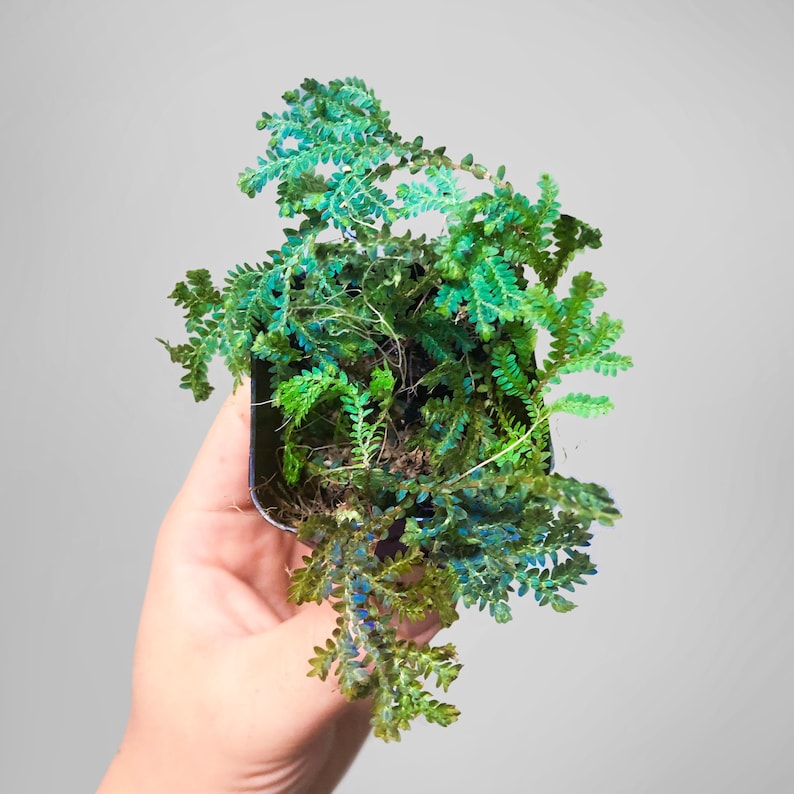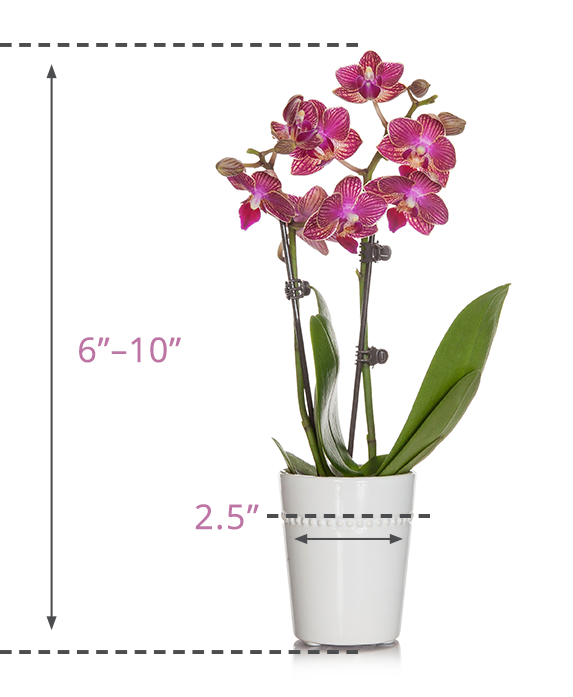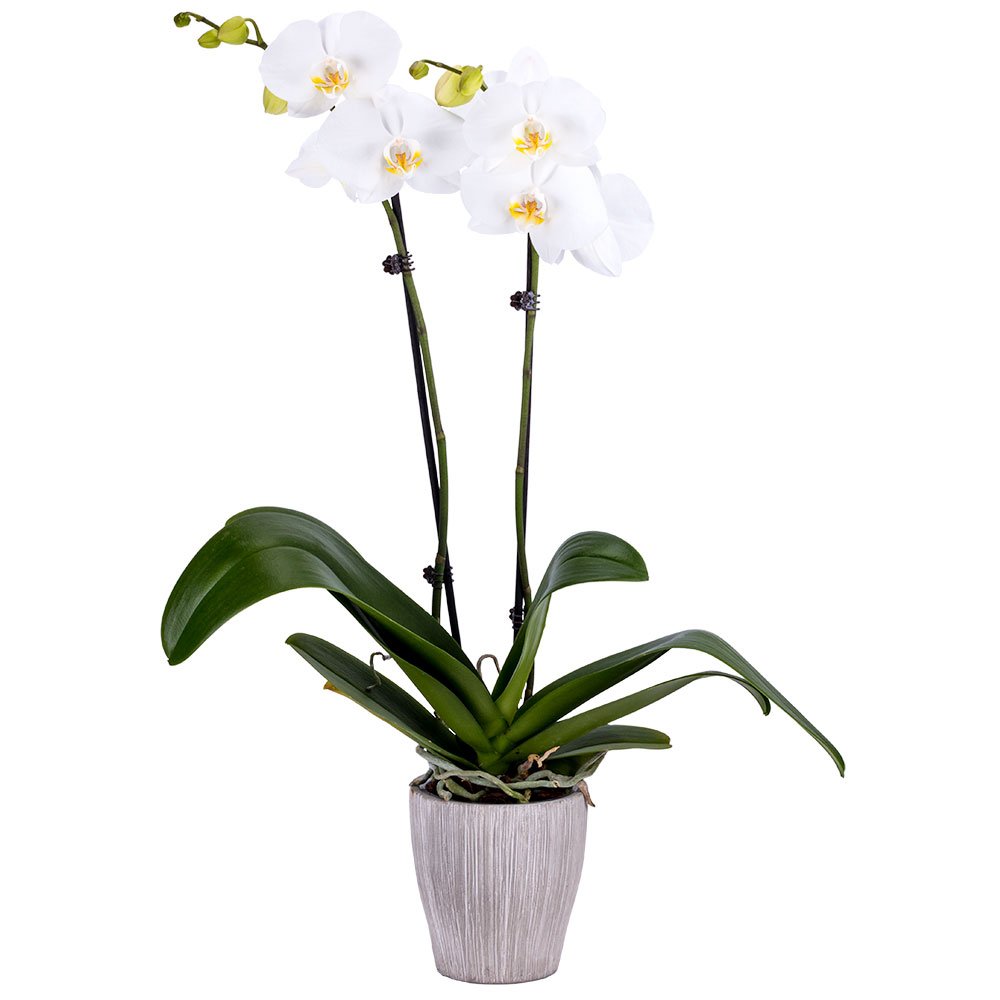This article showcases our top picks for the
Best Plants For Closed Terrariums. We reached out to industry leaders and experts who have contributed the suggestions within this article (they have been credited for their contributions below).
We are keen to hear your feedback on all of our content and our comment section is a moderated space to express your thoughts and feelings related (or not) to this article
This list is in no particular order.
This product was recommended by Stacy Lewis from Eternity Modern
This perennial tropical plant has dark green leaves and bluish veins. It only grows 10cm tall, has dense, compact foliage, and can tolerate moisture and humidity.
This product was recommended by Stacy Lewis from Eternity Modern
Mosses thrive in moist, low-light conditions and humid temperatures. They provide the best green groundcover and don’t compete for height with other leafy plants.
This product was recommended by Jen Jones from Your Dog Advisor
You want to consider plants that like partial or dappled sun and prefer high humidity, as well as those with small leaves and – which grows small and slowly. Search for plants which have the same pH requirements. Avoid succulents because they do not do well in humid environments. I think that a Friendship Plant would be a good choice for someone who needs an easy plant to maintain for their closed terrarium. I’ve had my own for about a year now and it’s been very easy to take care of. They are typically easy to grow and maintain, with long lasting flowers, which is an added bonus.
This product was recommended by Robert Johnson from Coast Appliances
Closed terrariums are usually placed near electronic devices, like computers and appliances, to help balance a room’s design elements. I have one in my home office. Because peacock ferns need moisture or lots of humidity to thrive, it’s best to place them in a close environment, like closed terrariums. Peacock ferns in close terrariums are aesthetically appealing in living rooms and master bedrooms because of the various shapes and textures available. They don’t need special substrate and maintenance. Using ordinary houseplant soil is okay.
This product was recommended by Susan Deguara from Hi Quality Turf
The spider plant (Chlorophytum comosum) is a popular choice for closed terrariums because it is easy to care for and tolerant of a wide range of growing conditions. While it prefers bright, indirect light, it will also do well in low-light conditions. Spider plants are also relatively drought-tolerant, so they can go for long periods without being watered. When watering, allow the soil to dry out completely between watering to prevent root rot. In terms of temperature, spider plants prefer moderate climates and will not do well in extreme heat or cold.
This product was recommended by Lindsey Hyland from Urban Organic Yield
When it comes to plants for closed terrariums, the DeVos Organic Farms Spider Plant is a great option. This plant is easy to care for and does well in low-light conditions, making it perfect for enclosed spaces. The spider plant is also known for its air-purifying properties, making it a great choice for those looking to create a healthy environment inside their terrarium.
This product was recommended by Michael East from Griddle King
There’s a reason these plants are a popular choice for closed terrariums and that’s because they have gorgeous foliage, they’re compact and they thoroughly enjoy humid and warm environments – perfect for closed glass terrariums. There’s also a plethora of species of peperomia to choose from, so you’ll be spoiled for choice. Watermelon peperomia (P. argyreia) is my favorite due to its unique leaf colorings and patterns.
This product was recommended by Granger McCollough from Elite Patio Direct
The Pilea plant is a great addition to any closed terrarium that you have. Its broad, rich, green leaves really stand out amongst other plants. What makes this plant fanatic for a closed terrarium is that it loves warm climates and moist soil, so having it in a closed terrarium will allow it to thrive.
This product was recommended by Rob Greene from Price of Meat
Why? Beauty may well be in the eye of the beholder, but few flowers are as universally drop-dead gorgeous as the Persian Violet, and as it doesn’t take up much room, is supplied in its own sealed terrarium, you just find a space for it on a shelf and gaze in rapturous wonder at one of nature’s many miracles. And who among us would want to while away an hour or two doing that?
This product was recommended by Ruth Novales from Fortis Medical Billing Professionals
These orchids thrive in a tropical rainforest environment, making them suitable for closed terrariums since these terrariums simulate a rainforest with their high humidity, warm temperature, and low sunlight. Mini Phalaenopsis Orchids add a splash of color to a closed terrarium, brightening any corner of your home. They’re low maintenance, requiring minimal watering (as little as 1.5 tablespoons a week!) since they get constant moisture in the terrarium. Though they will survive in a closed terrarium, they will thrive better if you provide adequate airflow, such as adding a circulating fan.
This product was recommended by Jim Campbell from Honeymoon Goals
When building a closed terrarium, you need a base plant to help with the humidity of the terrarium, the best plant for this is always Moss. Moss are the kings of the closed terrarium because of their love of moist, humid conditions and very low light, and because it stays growing on the ground, you won’t have to worry about it competing for space with taller plants.
This product was recommended by Chris Kowalski from Autopadre
Orchids have always held a strange fascination for me. As mysterious as they are beautiful, the safest and simplest way to grow these magnificent flowers is within a sealed terrarium, where nature and the flower can bloom without human interference.
This product was recommended by Jen Stark from Happy DIY Home
Fittonia, also known as Nerve Plants, may survive in low-light settings but will achieve their full potential in an environment that is warm and humid. This is one reason why they work so well as houseplants, particularly in terrariums and the kitchen and bathroom. The humidity level may be raised by misting or spraying the plant regularly, which will help it develop more successfully. These vibrant tropical plants may reach a maximum height of 10 to 15 cm, making them ideal for the contained environment of a terrarium due to their low potential for sprawling.
This product was recommended by Kathleen Ahmmed from USCarJunker
The Calathea is a fantastic plant for any closed terrarium because its foliage always looks stunning, due to the bold patterns and colorful undersides on the leaves. It is also one of those plants that doesn’t like too much direct light, which is why it thrives best in low to bright indirect light. However, what really makes this plant so unique is the fact that its leaves move throughout the day, in an attempt to adjust to changing sunlight. Also, should you decide to get the Calathea, it is often recommended that you use a well-draining potting mix with nutrient-rich additives like bark and perlite, as well as ensure that the soil dries at least halfway out between waterings.
This product was recommended by Gabriel Krikunez from Crimlawcanada
I’d say, Miniature English ivy varieties are perfect for terrariums. This is because they thrive in warm, humid conditions and are also modest in size.. English ivy will grow in practically any area of your encased glass jar as it is a sort of creeping vine that prefers low to medium light. The beautiful leaves of the ivy varieties are green and white. I love that it can climb the terrarium’s walls and also be grown as a vibrant ground cover.
This product was recommended by Lorie Carson from Real People Finder
Most of the Peperomia genus’s small, compact plants grow epiphytically on decaying wood in their natural habitats, rarely growing taller than 12 inches (30 cm). The leaves of peperomia are typically smooth, meaty, and thick. They do well in various lighting situations, including complete shade and bright indirect sunshine.
This post contains affiliate links. Affiliate disclosure: As an Amazon Associate, we may earn commissions from qualifying purchases from Amazon.com and other Amazon websites.
Post Views: 170

















